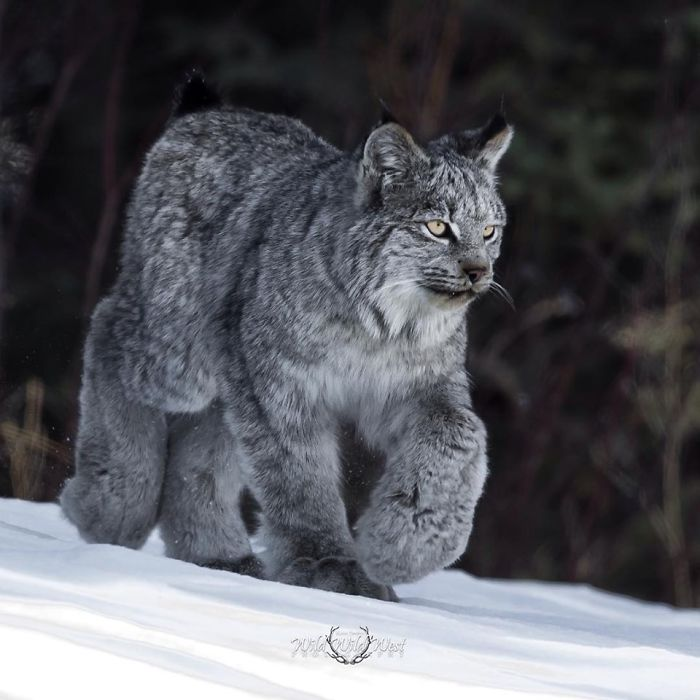The Canada lynx, with its fluffy fur and distinctive tufted ears, is a fascinating and elusive creature that roams the forests of North America. These medium-sized cats are known for their long legs, short bodies, and small tails, making them both adorable and efficient predators. Despite their appearance, Canada lynx are wild animals that play a critical role in maintaining the balance of their ecosystems.
The Habitat of the Canada Lynx
Canada lynx are primarily found in forested areas, where they can easily blend in with their surroundings. They prefer to make their dens underneath fallen trees, tree stumps, rock ledges, or thick bushes, providing them with a safe and secure place to rest and raise their young. These territorial animals will fiercely protect their den from any potential threats, using their sharp claws and teeth to defend their territory.
The Behavior of the Canada Lynx
Canada lynx are solitary animals, with males typically living alone in their territories. They are skilled hunters, preying on small mammals such as snowshoe hares, squirrels, and birds. Their keen sense of hearing and eyesight, combined with their ability to stealthily move through the forest, make them highly effective predators. Despite their solitary nature, Canada lynx are known to communicate with each other through vocalizations, scent marking, and body language.
The Importance of the Canada Lynx in the Ecosystem
Canada lynx play a vital role in maintaining the balance of their ecosystems. As efficient predators, they help regulate the population of small mammals, preventing overpopulation and the depletion of resources. By controlling the number of prey species, Canada lynx indirectly impact the entire ecosystem, ensuring that it remains healthy and diverse. Additionally, their presence in the forest indicates the overall health of the ecosystem, as they rely on a stable environment to thrive.
The Threats Facing the Canada Lynx
Despite their importance in the ecosystem, Canada lynx face numerous threats to their survival. Habitat loss and fragmentation due to human development have reduced the availability of suitable habitat for these animals. Climate change is also impacting their populations, as it alters the availability of their primary prey species, the snowshoe hare. Additionally, Canada lynx are sometimes targeted by hunters for their fur, further threatening their populations.
Conservation Efforts for the Canada Lynx
To protect the Canada lynx and ensure their continued survival, conservation efforts are underway across North America. These efforts include habitat restoration, research initiatives, and monitoring programs to track the populations of these elusive cats. Conservationists are also working to raise awareness about the importance of Canada lynx in maintaining healthy ecosystems and the need to protect their habitats from further degradation.
In conclusion, the Canada lynx is a fascinating and important species that plays a crucial role in the forests of North America. These fluffy felines may look cute, but they are skilled predators that help maintain the balance of their ecosystems. By understanding the habitat, behavior, importance, threats, and conservation efforts for the Canada lynx, we can work together to ensure their continued survival for future generations to enjoy.
You can review our digital products by following us on Etsy.





